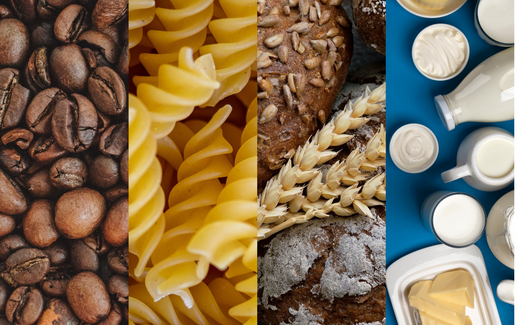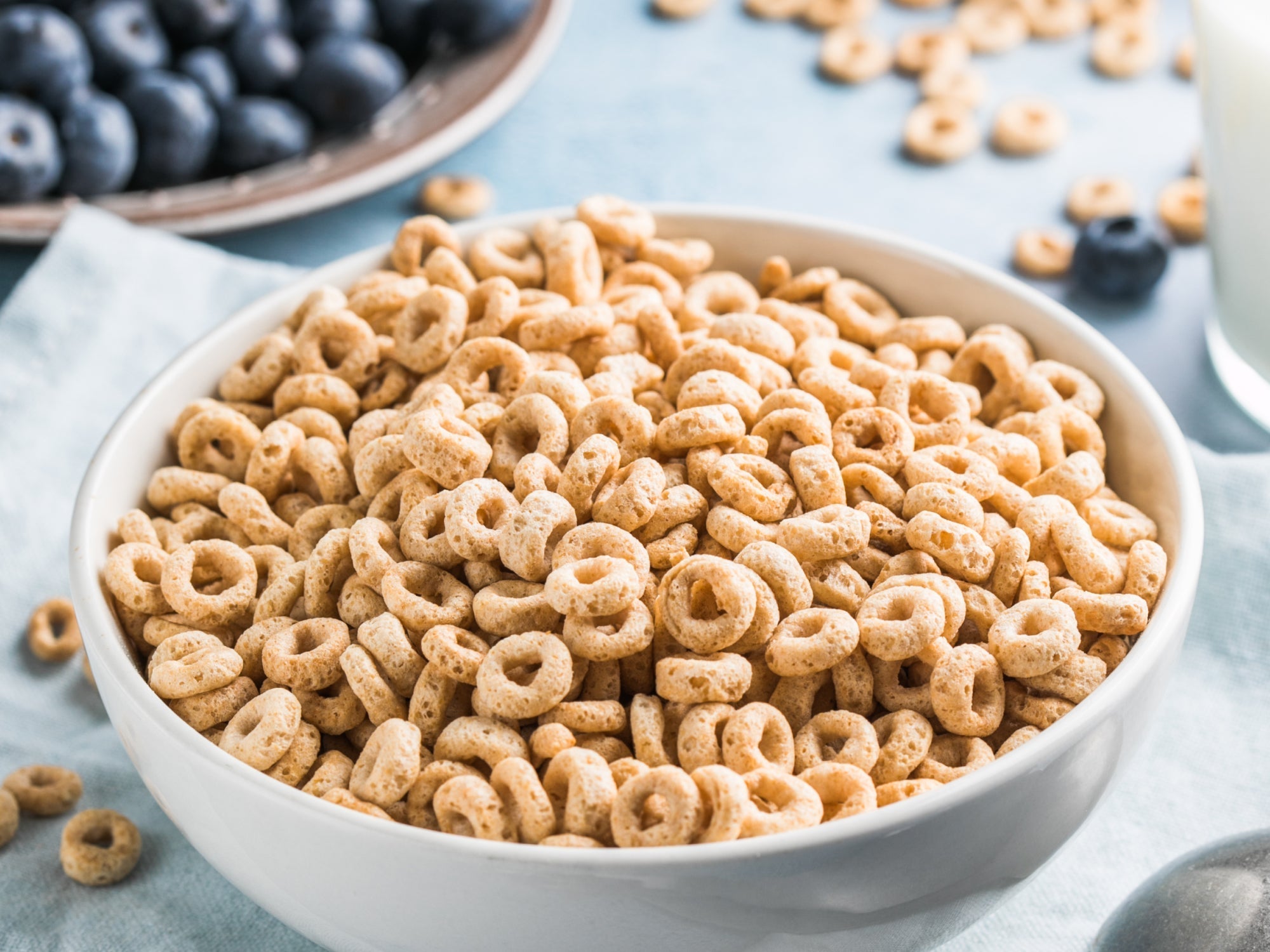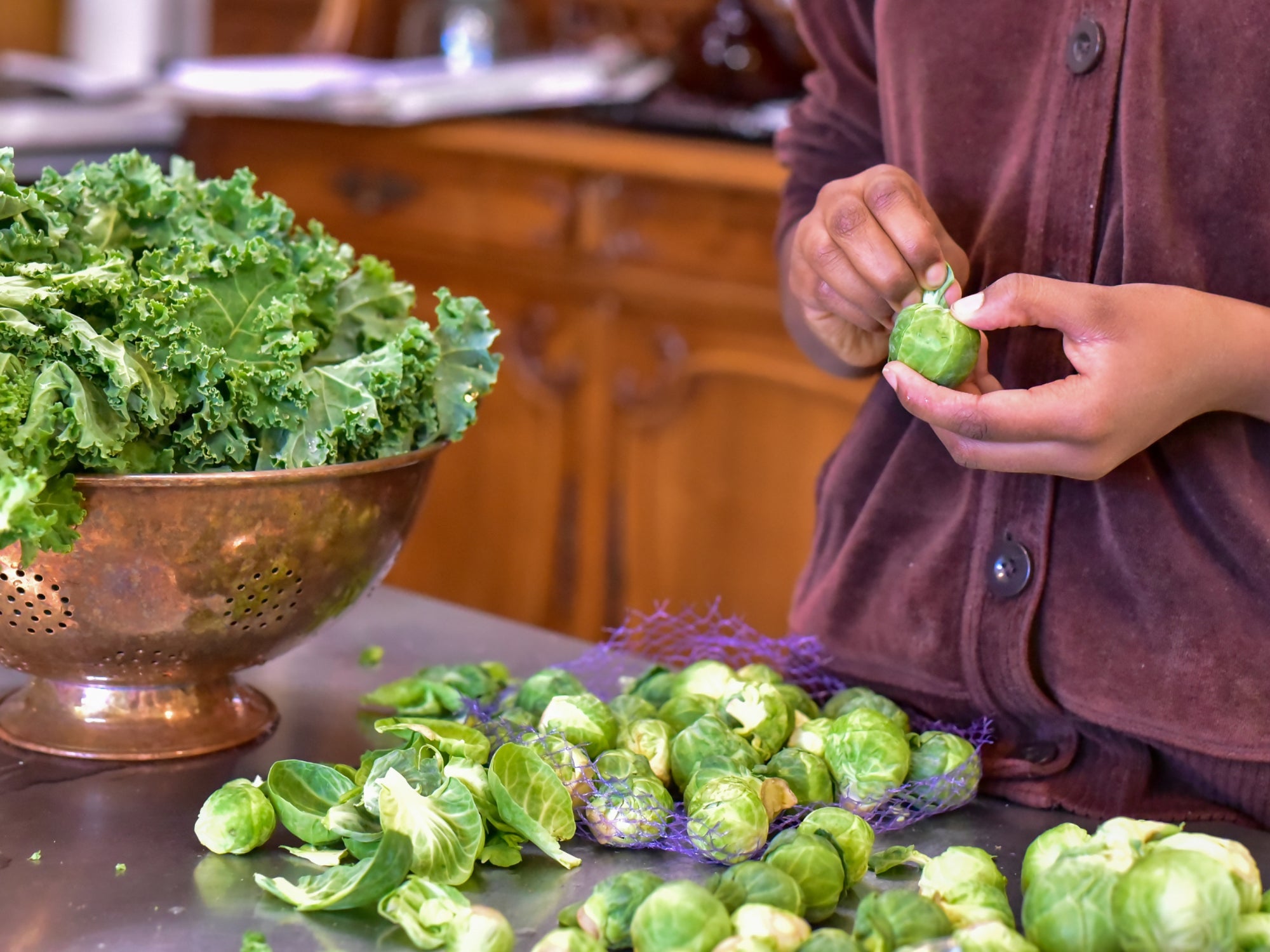Iron deficiency anemia (IDA) is one of the most common blood disorders–and one of the most prevalent types of anemia– in the world, and is most commonly linked to a patient’s diet. And while eating certain foods can help prevent or reverse the effects of IDA, other foods can cause and/or make IDA worse—here’s how to avoid them.
Iron deficiency anemia is the most common nutritional deficiency worldwide, affecting close to a quarter of the global population, and it’s typically due to low-iron diets. These deficiencies can often be corrected by adding more iron-rich foods to one’s plate, or by taking a supplement.
However, there are some foods that are not only low in iron—and therefore should be avoided by anyone with or at risk of anemia—but could also hamper the absorption of iron in the body. Decreased iron absorption leads to less hemoglobin, which means your body can’t produce as many healthy red blood cells to deliver oxygen throughout your body.
Only a doctor and/or dietitian can tell you whether you should eliminate one or all of these foods altogether, so you should take these suggestions with a grain of salt. Some people may react differently to these foods than others, and you may have no problem with eating them at all.
With that said, here are the foods and beverages that could cause problems for anemics and may be preventing them from feeling their best every day.
Pasta
Pasta requires no refrigeration and lasts a long time in your pantry, so it’s always a viable dinner option, but pasta’s gluten content can seriously eat into your iron levels. As gluten passes through your system, the sticky protein can bind to and damage the intestinal wall, making it more difficult for your body to absorb iron and folic acid, both of which are required to produce healthy red blood cells. This is mainly a concern for people with Celiac Disease, but it can affect people with milder gluten sensitivities as well.
Don’t want to give up pasta? Give chickpea or other legume-based pastas a shot—not only are they gluten-free, but most brands have double the amount of iron of flour-based pastas.
Whole Grain Bread
Whole grain bread both looks and sounds healthy, but beware the 7-, 12- or 15-grain bread sandwiching your thinly-sliced turkey. While whole grain foods can have many nutritional benefits (high fiber and protein among them), modern farming practices have led to grains that are heartier on the farm but wreak havoc for your iron absorption.
In a nutshell: Farmers wanted to make their grain crops more pest-resistant without using pesticides, so they bred wheat plants that are higher in phytates—a plant compound that naturally repels pests—resulting in much higher crop yields. However, these phytates aren’t just a problem for pests: when consumed by humans, wheat phytates bind to nearly all iron (by some studies up to 90%) present in your digestive system, making it unavailable for absorption into the bloodstream.
Many of the studies, though, found that Vitamin C helps counteract those effects and allowed people—even those who were anemic—to fully absorb iron from their meals. In one study, children who previously had low iron levels were no longer anemic after they took a 100mg Vitamin C tablet after meals.
Dairy
Calcium is another mineral that can hinder your body’s ability to process iron, so anemics need to be extra careful consuming foods that are high in calcium such as cheese, milk, and yogurt.
Several studies found that consuming a meal with up to 300mg of calcium can diminish iron absorption by 40 percent—to put that in perspective, a standard single serving Greek yogurt contains 240mg of calcium, while a 1oz cube of cheddar cheese contains about 200mg.
Most of those studies, though, were conducted on a single meal and further research has found that calcium has no long-term effects on iron absorption. That said, anemics and growing children should ensure they’re not consuming too much calcium alongside iron to ensure they’re getting enough of the latter from their meals.
Nutritional experts also recommend iron and calcium supplements not be taken at the same time due to the negative interaction between the two—take one before lunch and one after dinner.
Tea and Coffee
Do not read this if you just woke up. Worldwide, humans consume around 2 billion cups of coffee on a daily basis, while tea is second only to water in terms of global popularity. While caffeine clearly powers the world, there’s another kind of molecule that poses a problem: tannins, which occur naturally in both tea leaves and coffee beans (and red wine, but that’s for another day).
Once tannins enter your body they bind themselves to iron, changing the composition of the iron molecules and making it harder for our bodies to break them down. We typically think of coffee over-energizing us and making us jittery, but too much caffeine can leave an anemic person yawning.
But don’t toss your cup of Joe just yet—researchers seem to agree that tannins mostly impact non-heme iron, the type of iron found in plants, and not the iron found in animal products, or heme iron. So this may be more of a problem for plant-based eaters than omnivores.
And long-term studies found long-term tannin consumption only resulted in a less than 10% reduction in iron levels when compared to people who avoided tannins altogether.
A Caveat: Timing Matters
Now that you’ve been bludgeoned with bad news, here’s the good: you don’t have to completely avoid the foods listed above. If you still want to consume yogurt, pasta, whole grain bread, and coffee, you can do so as long as you stagger your meals and make sure to eat your iron-rich foods without any iron-blocking side dishes.
Chow down on iron-packed steak and/or kale separate from cheese and tea to allow your system some time to benefit from the nutrition. This would be more of a grazing approach, rather than the traditional three meals a day, which may be a healthier way to eat anyway.
Here are just a few good sources of iron to help ensure you’re eating all the nutrients your body needs:
- Fortified cereals
- Red meat
- Brown rice
- Dark green leafy vegetables
- Lentils
- Sardines
- Shellfish
If you’re a vegetarian, you’ll also want to make sure you’re eating enough Vitamin C (so stock up on the orange juice and citrus fruits). Vitamin C makes sure vegans and vegetarians get enough iron by increasing the bioavailability of iron and folate. It should also be mentioned that if you’re taking a Vitamin B12 supplement, you should take that two hours apart from any Vitamin C-rich foods (the latter blocks the body’s absorption of Vitamin B12).
You can also take an iron supplement if your levels continue to stay low.





Leave a comment
This site is protected by hCaptcha and the hCaptcha Privacy Policy and Terms of Service apply.